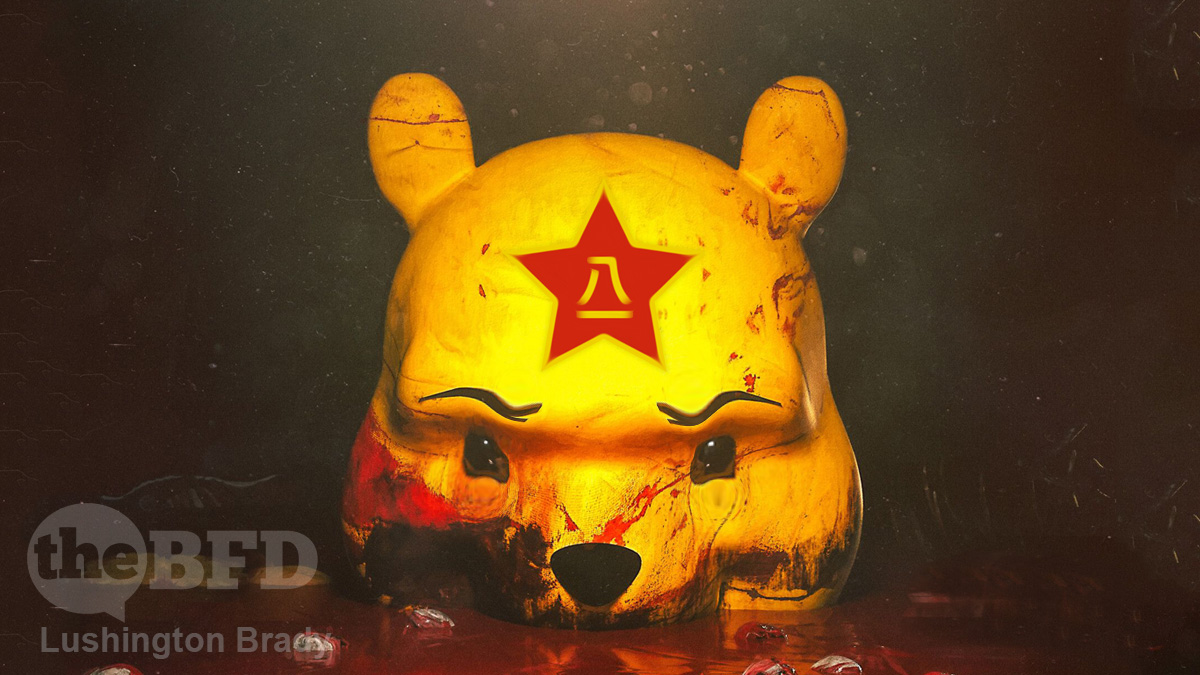It has to be said that The Economist is a reliable guide to decision-making, in the same way as Bart Simpson. Every pundit, policy-maker and opinionist ought to carry a printed card that reminds them, “Whatever The Economist says, do the opposite”.
After all, this is the magazine that touted the USSR as the unstoppable economic superpower of the 80s, cheered on the millions of Merkel’s “migrants” as just the sort of skilled workers Europe needed, supported the US invasion of Iraq, and opined that Tunisia’s Zine El Abidine Ben Ali was secure in his job — two weeks before he abdicated.
So, when The Economist, along with much of the Establishment media are wringing their hands over “a cataclysmic war in the Pacific”, namely China mounting a massive invasion of Taiwan, it might be time to breathe a sigh of relief. Make no mistake, China desperately wants to subsume the plucky bastion of liberal democracy that’s thumbed its nose at Beijing for nigh on a century. That doesn’t mean it’s going to happen.
As Ukraine has shown, even a corrupt, tinpot despot can at least deal a bloody nose to an outsized invader, especially when outside munitions and money pour in. Taiwan is, unlike Ukraine, a robust democracy, which has had decades to prepare for an invasion. More importantly, the wide stretch of sea to Taiwan’s east is a formidable barrier, unlike anything the Russians have faced in Ukraine.
A Normandy-like invasion of Taiwan would take a force of 200,000 troops or more. During World War II, Operation Causeway, the plan to retake Taiwan, then Formosa, from 30,000 starving Japanese troops, called for a force of 400,000 soldiers and Marines. China does not have and probably will never have the capacity to accomplish that task.
The amphibious lift required would be enormous. And the use of the small craft of the Maritime Militia in a reverse Dunkirk is absolute nonsense. China has many options, as it is showing with its quasi blockade. But an amphibious assault is not one of them.
Not forgetting, either that the Strait of Taiwan is, even at its narrowest, far wider than the Channel crossing on D-Day.
An amphibious assault could be overwhelmed by many of the weapons systems and technologies Ukraine had employed to bloody the Russians and stop the attack on Kyiv in its tracks. But, second, a determined attack preceded by missile and bomber attacks could destroy Taiwan’s social and physical infrastructure, along with the world’s largest chip production facilities at TSMC. Who would pay for reconstruction? And would it be worth the price?
What does all this amount to? Simply that “exaggerating capabilities and threats is never helpful”.
The more pressing issue is the prospect of China engaging in measures short of war while still threatening to use force. That is where our focus should be.
Which should serve to bring Beijing’s bullying and bluster into sharper focus. Teddy Roosevelt talked soft and carried a big stick: Xi Xinping bellows, howls and stamps his feet, but is he carrying much more than a limp pool noodle?
China has declared regaining Taiwan its highest international priority. That alone is an interesting proposition that many forget is contradicted by history. Formosa was ceded to Japan by China’s Qin Emperor in 1895 and remained under Japanese control for 50 years. Then it was returned to the Kuomintang (KMT) government, not to the Communist Party. One can argue that KMT government has the sovereign rights to Taiwan.
The Hill
So, the challenge is not to be fooled by either China’s bullying nor its bullshit historical revisionism.

